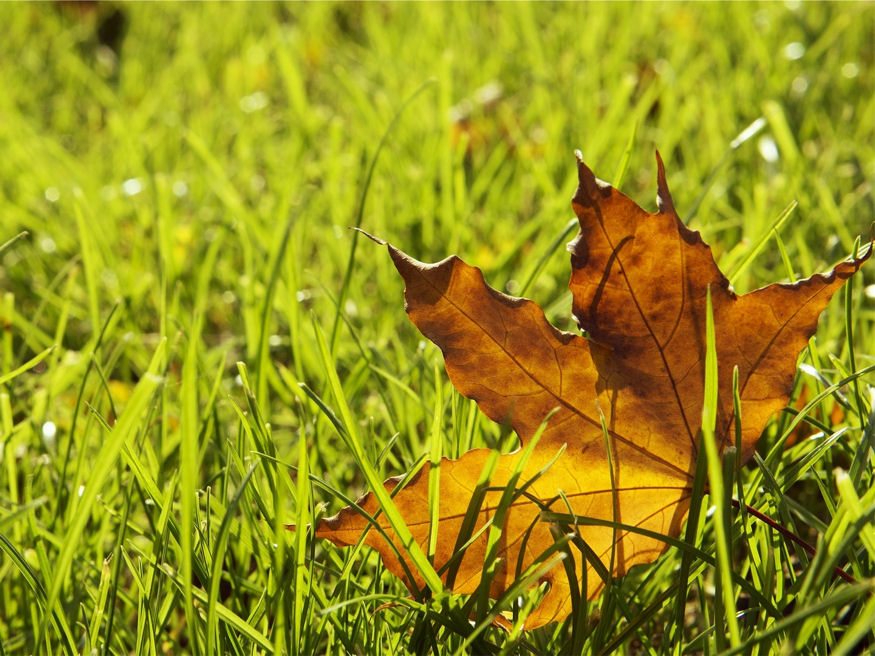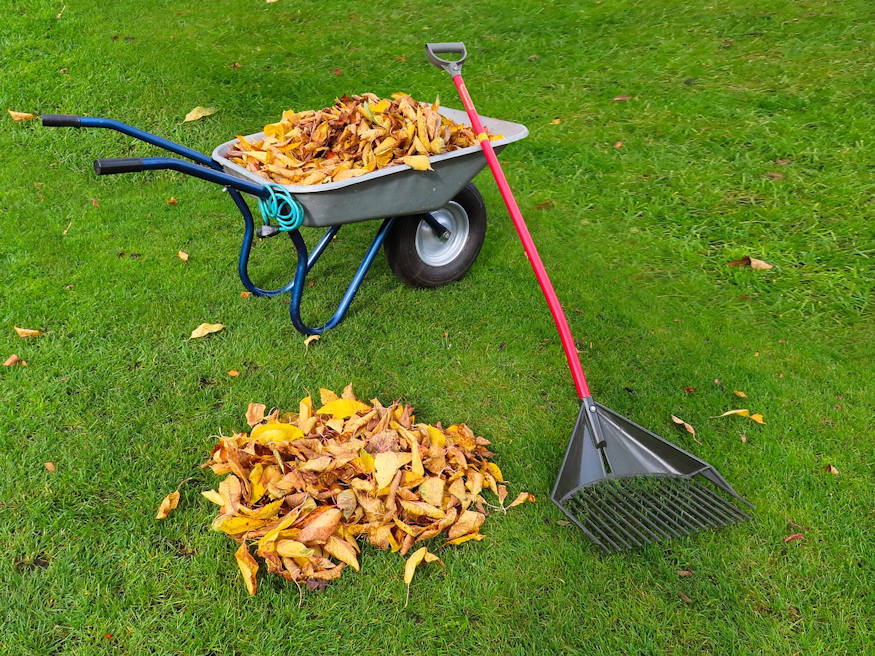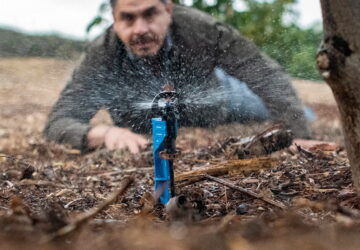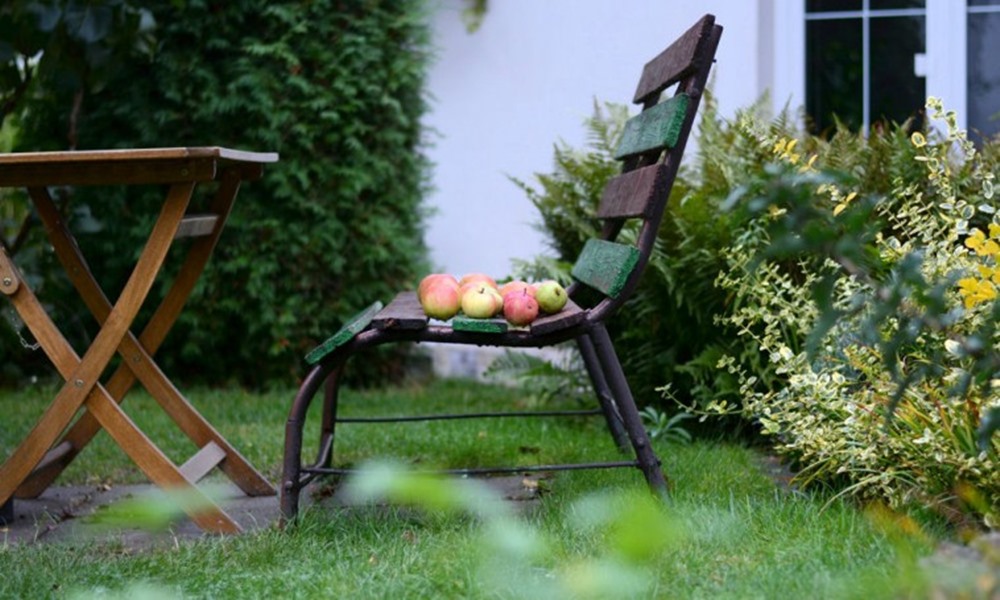As a proud garden owner, you’re likely invested in the well-being of your lawn, especially as the autumn chill approaches. To safeguard your meticulously maintained green space from the perils of winter, let’s explore four crucial steps you should take to ensure your lawn thrives and emerges in top condition when spring arrives.
1. Rejuvenate Your Lawn with Fresh Grass Seed
The Perfect Time for Planting: Mid-September to Mid-October
Autumn provides an ideal window to patch up those barren spots in your lawn with fresh grass seed. During these weeks, the weather typically remains warm and sunny, creating the perfect conditions for germination. Once you’ve sown the seeds, remember to provide a little extra care in the form of consistent watering for the first four weeks to nurture the new grass into a vibrant state.

2. Nourish with Autumn Fertilizer for Resilience
Optimal Timing: October
To ensure your lawn springs back to life with vigor next year, an autumn fertilizer application in October is a must. Choose a fertilizer with high potassium and low nitrogen content. Potassium strengthens your lawn’s frost tolerance and bolsters its defense against the dreaded winter fungal diseases. Avoid using spring fertilizer, as its high nitrogen content could promote unnecessary growth at the wrong time.
3. Bid Farewell to Fallen Leaves
Transforming Leaves into Mulch and Hedgehog Havens
Once autumn’s trees have shed their leaves, it’s time to clear them from your lawn. These leaves can find new purpose as valuable mulch in your flower beds or as cozy winter shelters for hedgehogs. Leaving leaves on your lawn may result in grass decay, suffocation, and an increased risk of fungal diseases.

4. The Last Mow for a Neat Finish
Adapt the Mowing Height to Your Lawn’s Needs
The timing of your last mowing session largely depends on the weather, but it generally falls toward the end of October. As the soil temperature drops below 9°C, grass growth slows down. For ornamental lawns, aim for a mowing height between 1.5 and 2.5 cm, while heavily trafficked areas benefit from a slightly longer 3-4 cm trim. Shaded lawns should be mowed to a height of 4-5 cm.
A Winter-Ready Lawn: Plant, Feed, Clear and Trim for a Lush Spring Lawn
As autumn settles in, remember these four key steps to keep your lawn healthy, vibrant and well-prepared for the winter months. By planting fresh grass seed, applying an appropriate autumn fertilizer, clearing fallen leaves and giving your lawn its final trim, you can ensure it remains a splendid oasis, ready to burst to life once spring returns. With these strategies, you’ll be well on your way to enjoying a lush and thriving lawn in the seasons to come.









